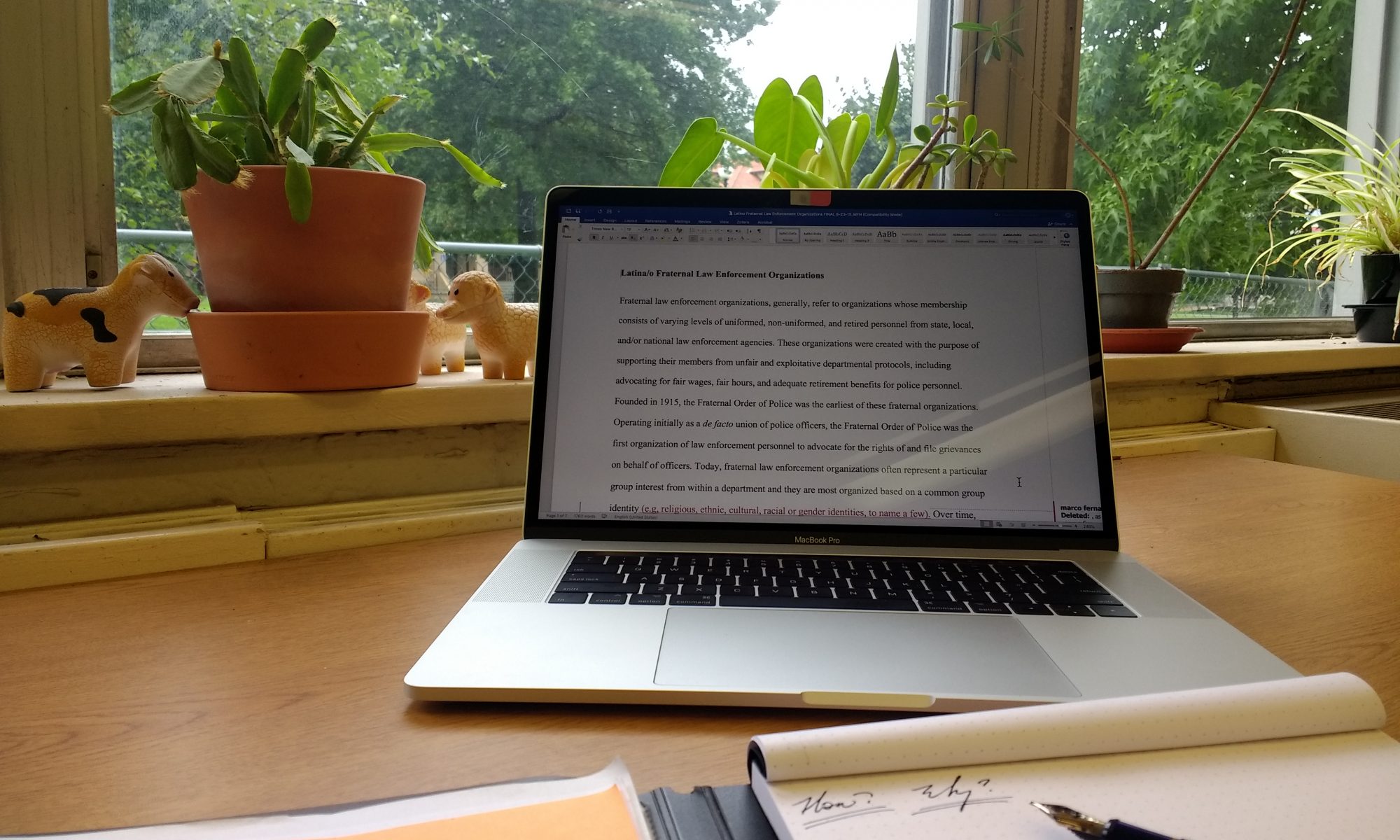Starting last semester (Spring 2018), the bulk of my sessions were with CESL students. The trend continues this semester, perhaps because more CESL professors are recommending the services of the writing center to students. I find that the CESL students fall into two general categories:
- those who are better than they think at writing in English
- those who genuinely struggle with writing because they are unfamiliar with the language
With the first type of student, my priority becomes boosting that student’s confidence. I would point out ideas that were well expressed and allow the student the opportunity to clarify ideas that might be unclear (versus prompting the student: “Did you mean…?”). I try to end the session with questions that give type 1 students a chance to evaluate themselves: “Do you feel better about your work?” I encourage them with statements like “You’re better than you give yourself credit. With practice, you’ll be even better.” These remarks are either met with appreciative or cynical responses.
Type 2 students require more leading. I often try to hone in on their experience with English: “How have you heard this said before?” . If an idea is unclear, I provide a range of alternative expressions that the student might choose to use instead. However, if a student readily agrees to any alternative presented to them, I take it as a bad sign. To encourage independence, I give unrelated examples, and then encourage the student to apply that process to their own work. I find that this works well. At the end of the session, I recommend strategies that might help the student improve their familiarity with English. My favorite recommendation is that the student read simple books in English such as those read by a Level K elementary student. These books improve students’ vocabulary as well as their grammar.
Although have never followed up on whether students implement these recommendations, it would be an interesting activity. While my sessions with CESL students were frustrating at first, I now find it easier to gauge the situation. It is an enriching experience, both personally and professionally, to interact with these students. My ability to interact across linguistic barriers has improved, and I have developed strategies that I can apply outside of my CESL sessions. At the same time, it is a work in progress and I would love to hear how my fellow consultants support CESL students!



Thank you for posting this, Rafena. Yes. Many students we see at the Center come to us with a wide range of CESL, ESL, ELL, L2, Bilingual, and Multilingual challenges. Understanding how exactly to engage these students demands that we make appropriate–and student-centered–judgements as quickly as possible. I like the binary you offer here: the student who writes better than she thinks and the student who is struggling as a result an unfamiliarity with the language. (I think there are so many more categories in between! However, the tutoring dynamic demands that we make a quick assessment and set an agenda as quickly as possible.) In essence, it seems like you’re actively cultivating the “a-ha” moment. I love these questions you’ve come up with they are a rich resource that I feel our newer writing consultants would really benefit from seeing (reading, experiencing, etc.)! Thanks for sharing!
Great post, Rafena! I hope our staff consultants can benefit by your insights working with CESL students. I know I have! We are all always learning, and I appreciate you taking the time to share your experience with us. Also, I really like the idea of giving them strategies for improvement and eliciting feedback from them at the end of sessions.
Thanks again!